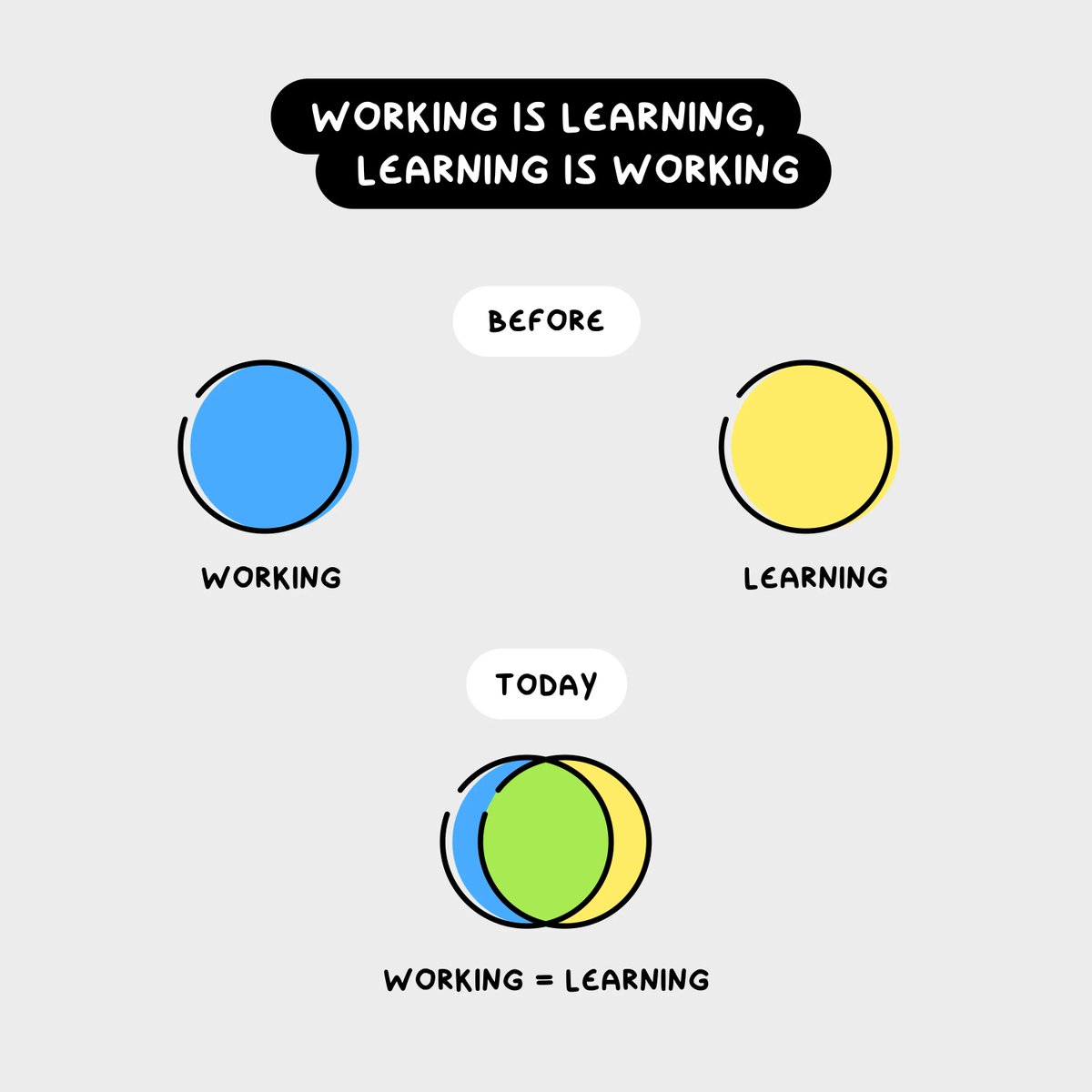The benefits of being a learning organization - and how to get there
In today’s competitive landscape, learning organizations have a significant advantage. They’re better at surviving disruption, more agile, and better equipped for continuous growth and transformation.
That’s why, for L&D leaders, developing a culture of continuous learning is the holy grail. Everyone wants to achieve it – and yet so few actually do.
In fact, only 10% of companies can be described as being true learning organizations – and LinkedIn's Workplace Learning Report revealed that 42% of L&D leaders say ‘building a culture of learning’ is their number one challenge. So, what’s the solution?
Let’s take a look at exactly what it means to be a learning organization, what the benefits are, and how you can take steps to make it happen for your business.
Tackle your HR challenges with peers and industry experts at our Virtual Learning & Development Masterclass. Click now to see our full schedule of knowledge-exchange events.
What is a learning organization?
Learning organizations are those that prioritise gaining new knowledge – and sharing or centralizing that knowledge across the business.
They embrace learning both for personal development and to solve problems and achieve business objectives.
Crucially, rather than putting all the emphasis on L&D as a separate entity, a learning organization makes learning a core, every day part of business operations. Like this:

Credit: @jeffkortenbosch
What does a learning organization look like in practice?
According to Peter Senge, author of “The Fifth Discipline: the art and practice of the learning organization”, learning organizations share the following five core principles:
1. A holistic learning culture (Systems Thinking)
Learning organizations view their company as a whole, collaborative structure. This bigger picture approach facilitates collaboration, sharing, and impact management.
2. Everyone is a lifelong learner (Personal Mastery)
A lifelong learning mindset helps everyone in the organization embrace the value of constant learning and development. In a learning organization, every employee has a clear vision of the learning goals they want to achieve and a clear path for growth.
3. Solutions-focussed (Mental Models)
All employees have a clear picture (mental model) of how the business works, the ethos, and the company culture. This provides context; putting them in the perfect position to evaluate how their role and department fits into the whole, where problems or obstacles lie, and how they can be adapted and improved.
4. Committed leaders (Shared Vision)
Leaders in learning organizations help employees align their personal goals with the goals of the company. Essentially, they communicate the shared vision of the organization to help employees understand what they need to do and why they need to do it.
5. Knowledge sharing is king (Team Learning)
Learning organizations have a whole-company approach to gaining knowledge. Apart from opportunities to learn, they also facilitate the sharing of this knowledge. This serves two clear purposes. Firstly, it allows everyone to access – and benefit from – new knowledge. Secondly, it reinforces a culture of continuous education, creating a positive, supportive learning environment for everyone.
What are the benefits of being a learning organization?

Our HR Masterclasses are designed to help you find actionable solutions. Register today and join the conversation.
How to become a more learning-centric organization
If transforming your business into a learning organization seems like a huge undertaking, that’s because it is. That doesn’t mean you can’t take some simple steps towards embracing a culture of continuous learning. Even incremental changes can make a big difference to your company culture, performance, and talent retention. Here are some key steps and tips:
Evaluate where you are currently
Do you run company-wide learning challenges?
Do employees have access to a platform where they can share their knowledge, like Google Workplace or Microsoft Sharepoint?
Do your employee engagement surveys include questions about workplace learning?
Do you offer employees access to resources like LinkedIn Learning?
If the answer is no to all of the above, pick at least one to put in place and see what the response is.
Don’t ask, show
Trying to get buy-in from the top might seem like the obvious first step, but what if the C-Suite isn’t ready to pivot towards continuous learning?
The best way to prove the power of becoming a learning organization is by demonstrating it. Start by setting yourself a learning challenge, and then sharing the journey and results with your team.
Ask your team what they would like to see in terms of learning opportunities, help them identify skills gaps and create personal learning goals, and provide a process for sharing new knowledge.
Focus on communication
No matter how much tech we have, talking is still our most powerful method of communication. And the more we talk, the more we learn. So encourage your team to share ideas and knowledge verbally.
A good way to do this is by holding regular learning-focussed meetings – or even mini seminars where people can present their learnings on a topic or new idea.
Set up a mentoring or shadowing scheme
Mentoring or shadowing is one of the most effective ways to share knowledge and foster a culture of collaboration and continuous learning – and there are a variety of ways to do it.
You could set up a scheme where you partner people from different areas of the business with the aim of weekly learning goals, or opportunities for ‘curiosity chats’. Or you can encourage smaller, spontaneous moments of mentoring by asking employees to actively look for opportunities to collaborate, support each other, and give advice.
Create an environment of support and positivity
Positivity and support are key tenets of a learning organization. Nobody should be afraid to be curious, make mistakes, or to aim high.
Celebrating learning milestones, new discoveries, and all types of knowledge sharing within your team, is a great way to promote a culture of continuous learning, and boost the sense of belonging.
Becoming a true learning organization is nothing short of a Herculean task. It requires numerous resources, buy-in from the top down, and ongoing, company-wide commitment. But it doesn’t have to be all or nothing.
Taking small steps to transition into a more learning-centric organization can go a long way towards helping you build a more agile, competitive, future-ready business.
If you want to learn more about developing a culture of continuous learning, join our next Masterclass. Click here to see our full list of events.


